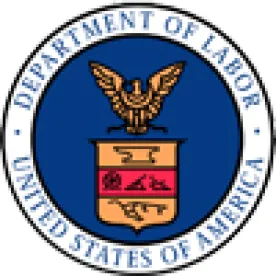In the 10 years since the adoption of the Pension Protection Act of 2006 and the “qualified default investment alternative” (QDIA) rules, the defined contribution plan industry has encouraged plan fiduciaries to rely on the QDIA’s safe harbor protections to use participant inertia to drive better participant savings. These efforts have included both automatic enrollment and so-called investment “reenrollments.” In investment reenrollments, participants are asked to affirm their investment choices and, if a plan does not hear from a participant, his or her account balance and future contributions will be moved to the QDIA, most frequently to a target-date fund based on the participant’s age.
We often get questions about whether this practice increases fiduciary risk to the plan fiduciary that undertakes the reenrollment. The US Department of Labor (DOL) has helpful language to address these questions in the preamble to the QDIA, as well as a US Court of Appeals for the Sixth Circuit decision that supports QDIA use in the context of an investment reenrollment. The relevant language in the DOL preamble states, “Whenever a participant or beneficiary has the opportunity to direct the investment of assets in his or her account, but does not direct the investment of such assets, plan fiduciaries may avail themselves of the relief provided by this regulation, so long as all of its conditions have been satisfied” (emphasis added). This language supports the position that the QDIA is not only for auto enrollment but also for other situations in which an investment election is solicited but not received.
The Sixth Circuit case is Bidwell v. University Medical Center, Inc. The plaintiffs had been invested in their plan’s stable value investment option, did not respond to the plan’s request to reaffirm investment elections, and had their balances moved to a lifecycle fund that was the plan’s QDIA. Shortly after the reenrollment, markets declined significantly (in the 2008–09 recession) and the participants’ plan accounts dropped in value. The plaintiffs challenged the plan fiduciary’s reliance on the QDIA safe harbor because they had made elections to be in the stable value fund years prior to the reenrollment. The court, however, sided with the plan sponsor, deferred to the DOL’s interpretation of the QDIA safe harbor, and rejected the plaintiffs’ claims.
Although there are certainly a number of factors that go into considering whether an investment reenrollment is right for your plan, we believe these authorities should provide comfort on the question of fiduciary liability.



 />i
/>i

